Operational Excellence - Lean Hospital Design
Akron Children’s strives to use continuous improvement for patient-centered care. Using Lean principles, we focus on processes with the goal of eliminating waste, reducing patient wait time, improving patient safety and lowering health care costs. One of the key strategies in our Lean design efforts is the use of full-scale, 3D cardboard mock-ups. These mock-ups allow teams to run process simulations and scenarios to test design ideas before building. Design changes can be made on the spot, before breaking ground. Teams, which include employees from various hospital departments, patients and their families, work alongside architects to discuss how designs can be improved.
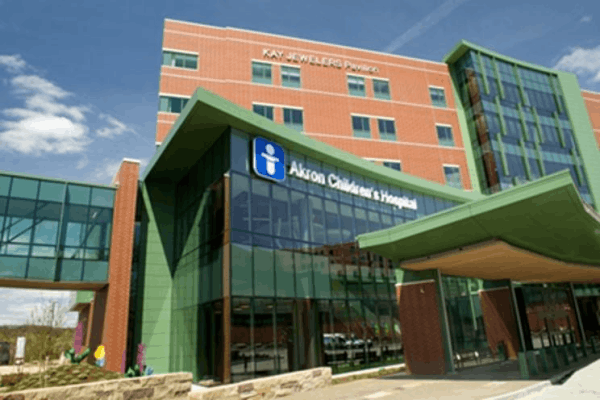
Kay Jewelers Pavilion
In 2012, Akron Children’s adopted Integrated Project Delivery (IPD) as the design-build project delivery method for the Kay Jewelers Pavilion, a new medical building that was constructed on our Akron campus to house our Emergency Department, Outpatient Surgery Center and Neonatal Intensive Care Unit. The IPD methodology is a collaborative, proactive team approach that encompasses Lean design and Lean construction, and provides the opportunity for Akron Children’s to further develop and integrate our culture in building design.
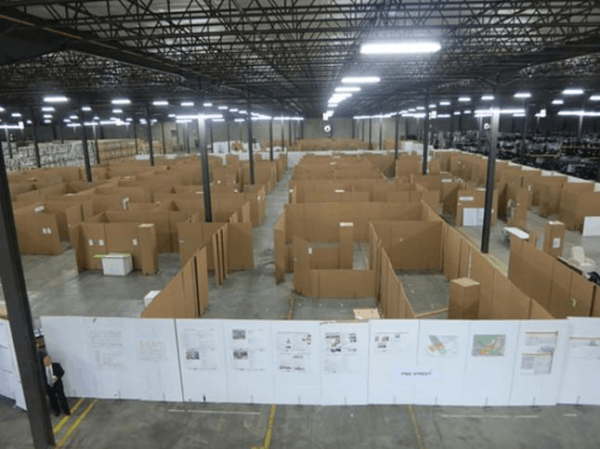
A full-scale, 3D cardboard mock-up and scenario testing allowed for quick changes prior to the build. As a result of the IPD design process, cost of the project was reduced from $225 million to $180 million, including the addition of a Special Delivery Unit that was not in the original plan. The project was also completed 54 days ahead of schedule, despite 73 days of inclement weather.
Since the completion of the Kay Jewelers Pavilion, Akron Children’s has successfully used these methods for other construction projects, both large and small.
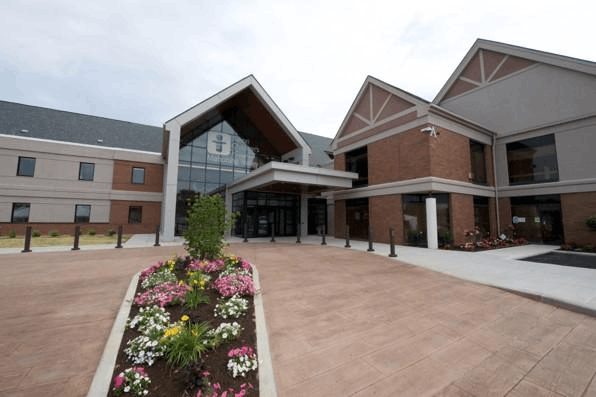
Mahoning Valley Building A Expansion
In 2015, a collaborative team evaluated the needs for exam rooms on our Beeghly campus on both a short and long-term basis. While short-term needs focused on primary care, long-term evaluation strongly suggested that specialty care services would also be needed on-site. Traditionally, there has been a difference in size for primary and specialty care patient rooms. However, through the Lean Design process, the team determined that having interchangeable rooms would make a significant impact by saving an estimated $500,000. The expansion now has primary and specialty care services being provided in patient care rooms of the same size, while also providing greater flexibility as the departments require more or fewer rooms.
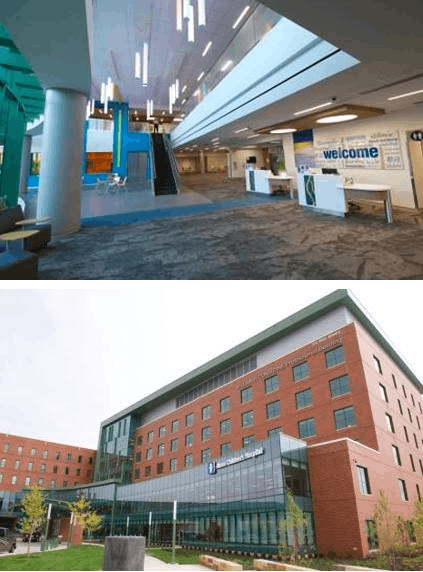
Considine Building Expansion
The Considine Building is home to outpatient visits for most of our specialty offices. During a collaborative session with department leaders for these offices, a suggestion was made to have patients enter and check in at a centralized location, providing consistency, while addressing the needs of families upon arrival. This suggestion was tested, refined and approved. When families arrive in the building, they now check in with our knowledgeable and friendly Welcome Center staff. In addition to improving the patient experience, the project is estimated to have saved $18 million in construction costs.
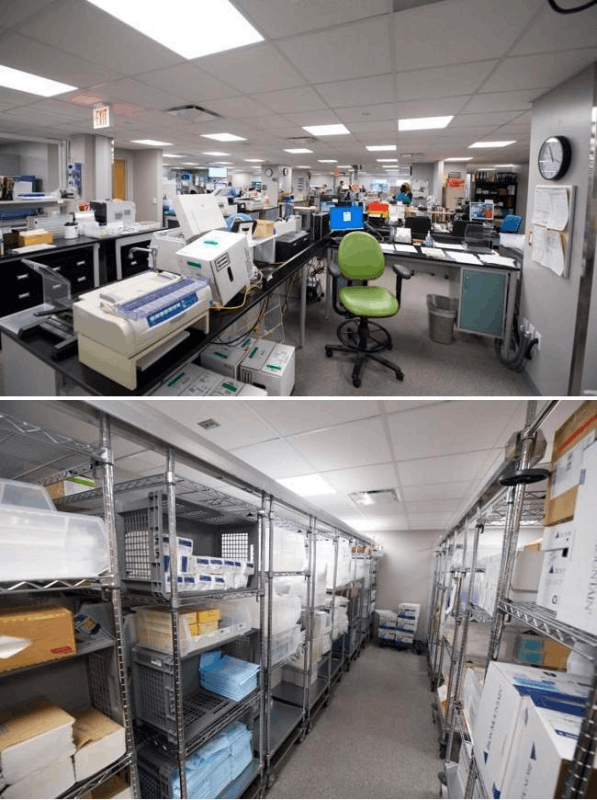
Centralized Core Lab Renovation
The Centralized Core Lab, last renovated in 1997, was due for some updates. Through the use of Lean Design in 2018, the team improved flows of specimens in the lab, reduced turnaround times, decreased sound levels experienced by technicians, improved line of sight through the space, and provided flexibility for the lab to make future changes without major construction.
A key component in the new design was the need to keep the department running 24 hours a day, 7 days a week throughout construction to continue to meet patient needs. The team used cardboard mock-ups to test each phase of construction and identify possible pain points, so a revised plan could be developed with the architect.
It is estimated that Lean Design efforts for this project saved $344,000. The team also determined that an office in the original plan was not necessary, which significantly reduced change order requests during construction.















